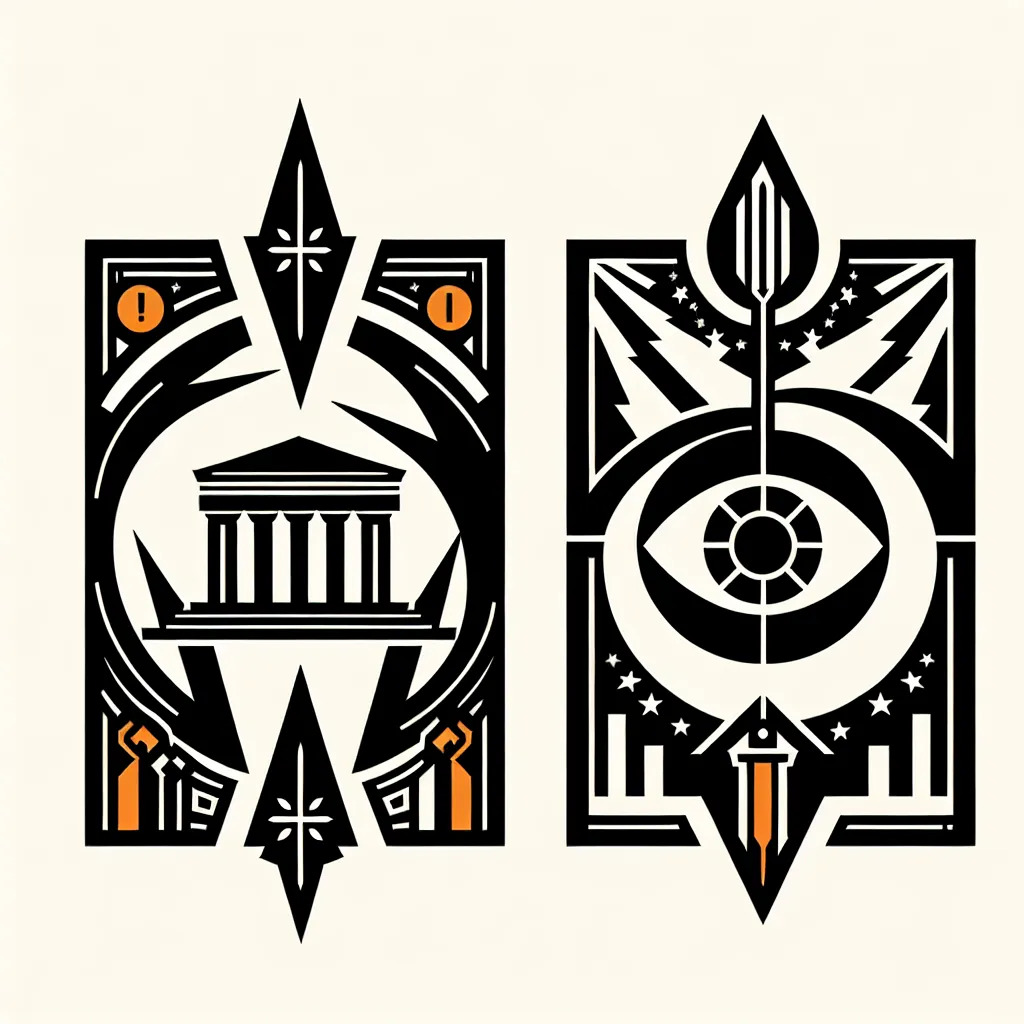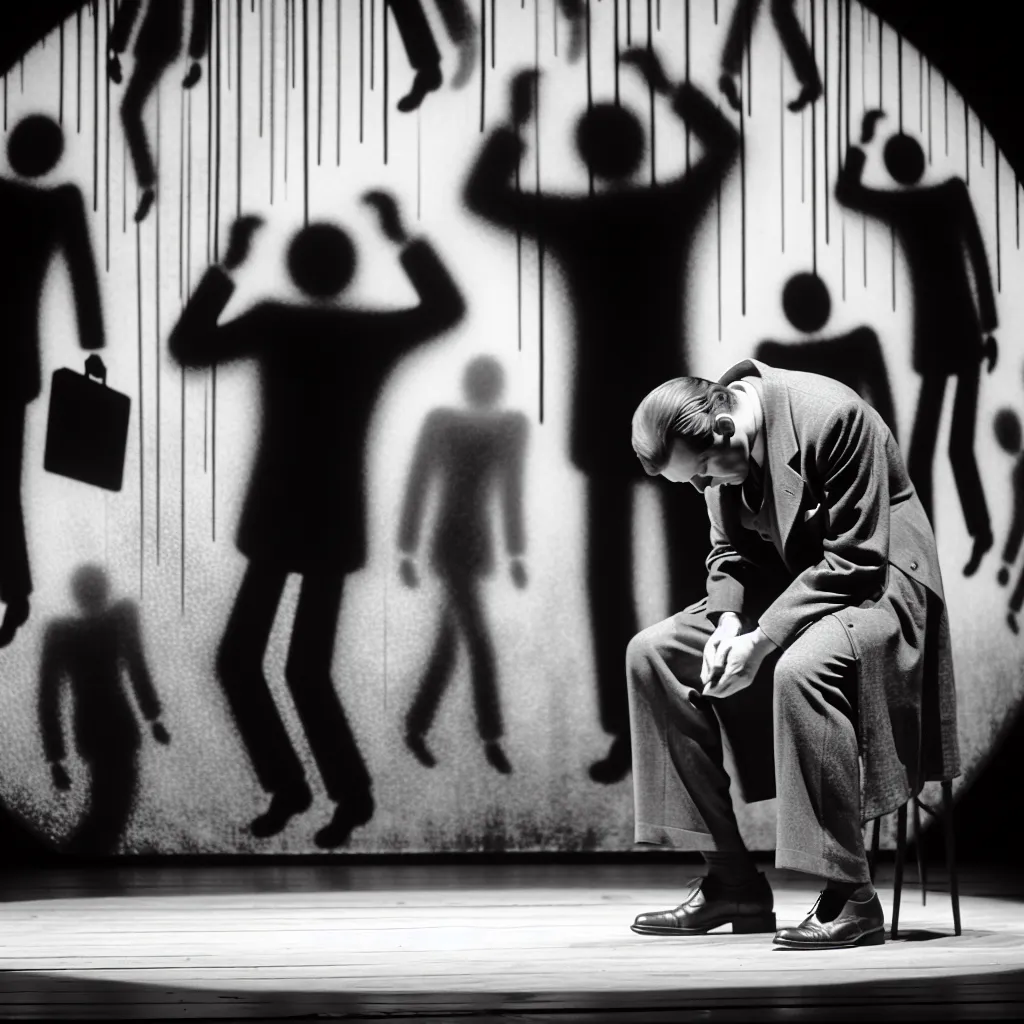Ask AI on The Internet
Question: Make a CER about prohibition with 2 pieces of evidence and reasoning
Claim: Prohibition was not effective in reducing alcohol consumption and led to the rise of organized crime in the United States. Evidence 1: Historical data shows a rise in alcohol-related incidents during the prohibition era. According to the report by the Cato Institute, mortality due to alcohol-related diseases such as cirrhosis of the liver increased sharply in the 1920s following the initiation of the Prohibition. Reasoning 1: This suggests that instead of reducing alcohol consumption, the Prohibition only forced the operation underground, leading to the consumption of unregulated and often more potent forms of alcohol which contributed to increased health hazards. Evidence 2: The spike in organized crime during the prohibition era. According to the FBI, during the 1920s, known this time as the “roaring twenties,” organized crime syndicates such as the Chicago Outfit led by Al Capone and Chicago's North Side Gang skyrocketed due to the profitable black market for alcohol. Reasoning 2: The prohibition denied legal enterprises the opportunity to manufacture and sell alcohol, creating a profitable opportunity for organized crime groups. In the absence of legally produced alcohol, demand was met by illegal sources, thus strengthening organized crime gangs and escalating related violence and crime rates. Thus, prohibition proved to be counterproductive by increasing rather than decreasing societal problems associated with alcohol, and by knowingly or unknowingly, fostering organized crime.
A new large language model has been made available since this question was asked.
To generate an updated answer from the new model, click the button below.
Think your answer is better than the AI's? Post it below.
Other Most Relevant Posts:
 Ask AI: Make me 10 points to add on my opening statement on why cigarette smoking should be banned among drug abuse and alcohol abuse
Ask AI: Make me 10 points to add on my opening statement on why cigarette smoking should be banned among drug abuse and alcohol abuse
 Ask AI: Make me a elegant closing statement in debate for my stand that cigeratte smoking should be prioritized banning than drug abuse and alcohol abuse
Ask AI: Make me a elegant closing statement in debate for my stand that cigeratte smoking should be prioritized banning than drug abuse and alcohol abuse
 The two reforms that were part of the Progressive Era are:
B. institution of recalls in many state elections
C. institution of initiatives in many state elections
The two reforms that were part of the Progressive Era are:
B. institution of recalls in many state elections
C. institution of initiatives in many state elections
Question Tags
If you want your question answered by an AI, click here.




Post your own comment: